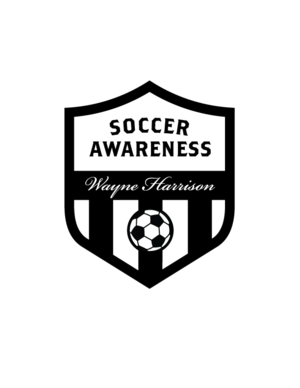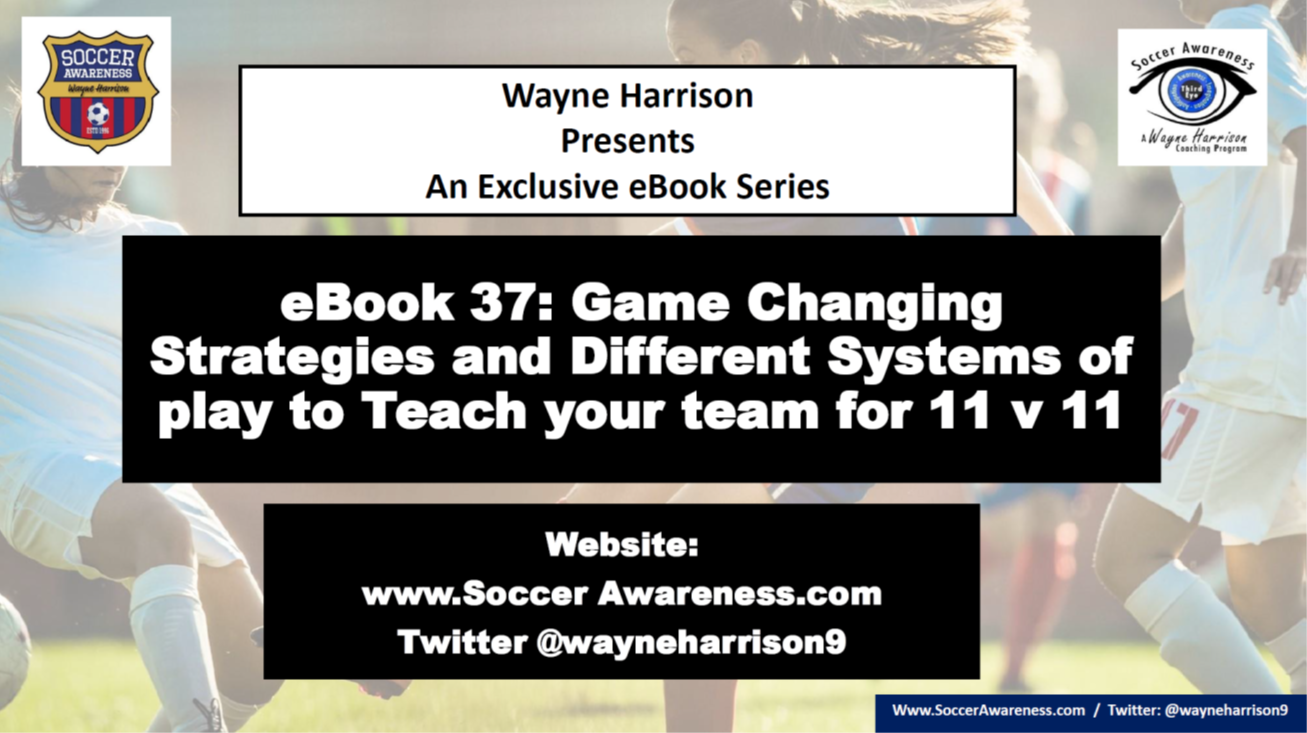When to Close in Wide and Central Areas
/This session covers when and when not to close down in wide and then central areas. The practice develops into an 11 v 11 game situation, still working with the defending team. The coach serves to the opponents in different locations on the field and the team needs to try to win the ball back individually and collectively.
Read More

























